Minimal intervention dentistry preserves your smile
June 25, 2024 2024-11-21 6:36Minimal intervention dentistry preserves your smile
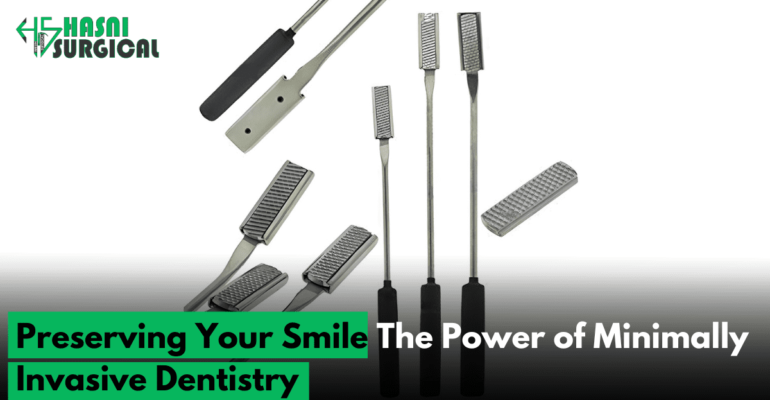
Minimal intervention dentistry preserves your smile
Invasive Dentistry
At Hasni Surgical, traditional dental care often required removing healthy tooth structure. minimal intervention dentistry near me uses advanced technology to preserve natural tooth structure and treat dental issues. This approach supports patient-centered and conservative care.
Minimal intervention dentistry near me relies on advanced techniques and instruments to achieve excellent results with minimal intervention dentistry disruption. By preserving natural tooth structure, this approach enhances patient comfort and promotes long-term oral health.
In this blog, we’ll explore the innovative instruments and technologies driving the evolution of minimal intervention dentistry near me. Understanding tools like air abrasion systems, laser technology, and adhesive bonding agents is crucial for reshaping dental care. This knowledge empowers patients to choose minimal intervention dentistry near me practices, promoting informed decisions and healthier smiles.
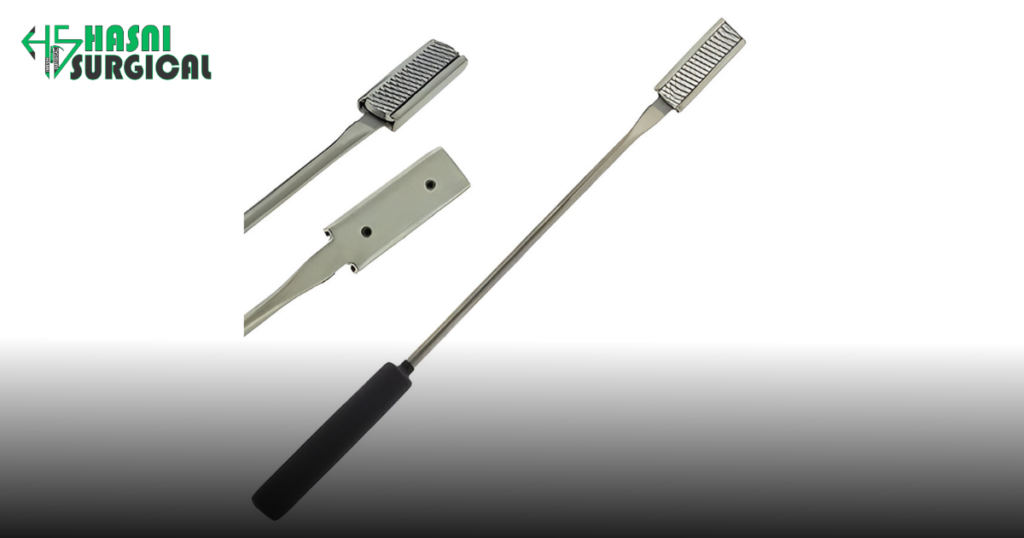
Join Hasni Surgical for a journey into minimal intervention dentistry near me, where precision meets compassion to preserve your smile
Air abrasion systems offer a less invasive alternative to traditional dental drilling. Microabrasion uses tiny abrasive particles propelled by compressed air to remove decay and prepare teeth for restorations, preserving healthy tissue.
Air abrasion targets decay precisely, making it ideal for small cavities and early decay without affecting nearby tooth structure. It’s perfect for cavity prep, resin removal, and surface conditioning.
Air abrasion creates less heat and vibration, boosting comfort and reducing anesthesia. It works well with tooth-colored materials, enabling dentists to create durable, natural-looking restorations that blend with the tooth structure.
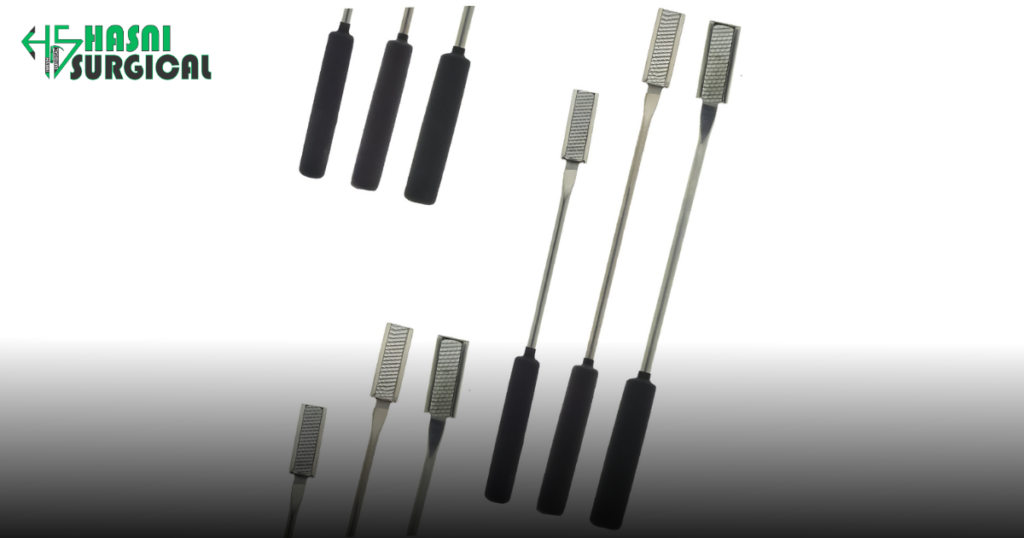
Air abrasion systems are an eco-friendly alternative to traditional drilling in dental practices. They use tiny abrasive particles and compressed air to remove decay and prepare teeth, reducing waste and environmental impact. This method is precise, comfortable for patients, and supports minimal intervention dentistry near me.
Laser dentistry uses focused light energy for various dental treatments, offering precision and comfort. It targets specific tissues, preserving surrounding healthy areas, and is effective in cavity preparation, gum treatments, and teeth whitening. Lasers can detect oral issues early for timely, conservative treatment. This approach often requires less anesthesia and provides a more comfortable experience for patients.
Ultrasonic scalers are essential in dentistry, using high-frequency vibrations to remove plaque and tartar from teeth and below the gumline. They improve oral hygiene maintenance and periodontal therapy, making treatments more efficient and effective.
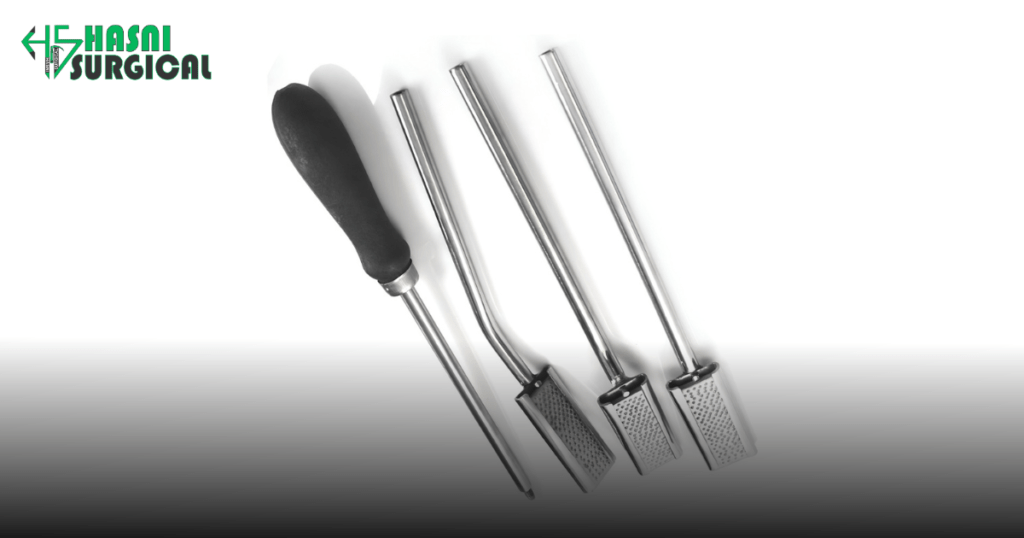
Components of ultrasonic scalers
The handpiece is the part of the scaler that holds the tip or insert.
2. The scaler tip, or insert, touches tooth surfaces or gum tissue and comes in different shapes and sizes for specific dental procedures.
3. Ultrasonic scalers Often, they include a water delivery system that sprays water onto the treatment area. This cools the tip, clears debris, and improves visibility.
4. Control Unit The control unit houses the electronic components responsible for generating and regulating the ultrasonic vibrations. It allows the operator to adjust power settings and select specific modes based on the intended use.

Advantages of Ultrasonic Scalers
1. Efficiency: Ultrasonic scalers are highly effective at removing plaque, calculus, and bacterial biofilm from tooth surfaces and below the gumline. Their oscillating motion and ultrasonic frequency disrupt and dislocate deposits with precision and speed.
2. minimal intervention dentistry: Ultrasonic scalers are gentler on enamel and tissues. Their vibrating motion minimizes trauma to the surrounding tissues, reducing postoperative discomfort and promoting faster healing.
3. Improved Patient Comfort: Ultrasonic scaling is quieter and less sensitive, with a water spray that cools and soothes.
4. Versatility: Ultrasonic scalers are versatile in dental practice, used for prophylaxis, periodontal therapy, implant maintenance, and endodontic irrigation.
5. Enhanced Visibility: The continuous water spray of ultrasonic scalers cools the tip and clears debris, enhancing visibility for the dentist or hygienist.

Applications of Ultrasonic Scalers
- Routine Dental Cleanings Ultrasonic scalers clean plaque and calculus above the gumline.
- Periodontal Therapy For gum disease (periodontitis), ultrasonic scalers scale and root plane to remove bacterial deposits below the gumline and smooth root surfaces, promoting periodontal health.
- Implant Maintenance Ultrasonic scalers maintain dental implant health by removing plaque and calculus around implant abutments and prosthetic components.
- Endodontic Irrigation In root canal therapy, ultrasonic scalers deliver irrigating solutions into the root canal system to remove infected tissue and debris.
- Orthodontic Treatment Ultrasonic scalers clean around brackets and wires, aiding oral hygiene.
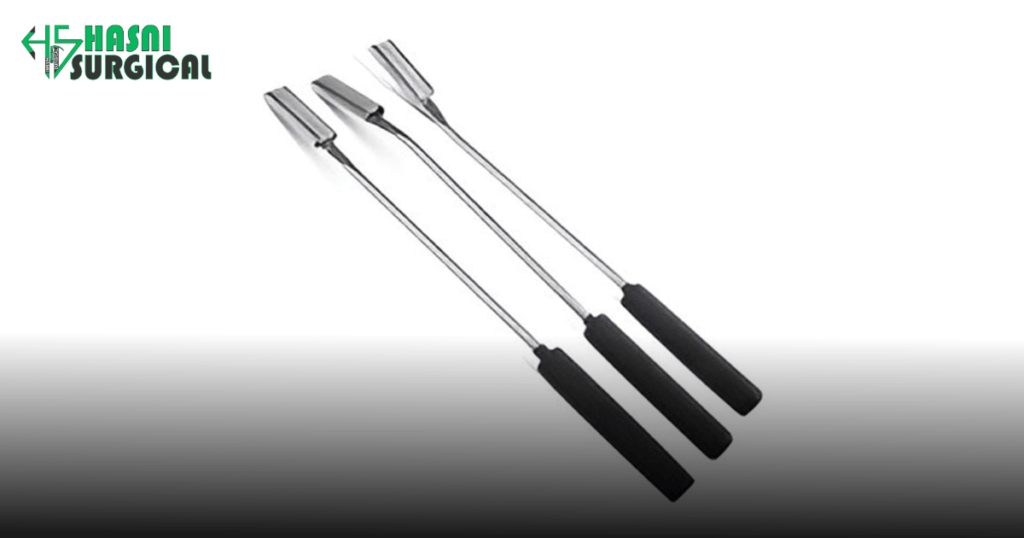
Ultrasonic scalers are essential in modern dental hygiene and periodontal therapy, offering efficiency, patient comfort, and versatility. They play a crucial role in promoting oral health by precisely and minimally intervening in dentistry, maintaining natural teeth, and supporting structures.
Digital imaging has revolutionized modern dentistry, offering benefits far beyond traditional radiography. Let’s delve deeper into the various components and applications of digital imaging technology:
1. Intraoral Cameras
These small, handheld devices capture high-definition images of the inside of the mouth in real-time. Intraoral cameras help dentists spot cavities, cracks, and gum disease clearly. Patients can view their dental conditions on a chairside monitor, enhancing their understanding and enabling informed treatment decisions.
2. Digital Radiography
Digital radiography has largely replaced film-based X-rays in modern dental practices. It uses sensors to capture dental images and provides instant feedback on a computer screen for dentists and patients. It reduces radiation and improves image quality for more accurate dental diagnoses.
3. Cone Beam Computed Tomography (CBCT)
CBCT is a specialized form of digital imaging that provides three-dimensional (3D) images of the entire oral and maxillofacial region. It’s crucial for accurate treatment planning in dental implants, orthodontics, and surgeries, providing enhanced diagnostics with minimal intervention dentistry radiation and discomfort.
4. Digital Impression Systems
Digital impression systems utilize intraoral scanners to capture highly accurate digital impressions of the teeth and soft tissues. Dentists now scan patients’ mouths directly, creating accurate digital models for making crowns, bridges, and orthodontic appliances. This digital approach reduces appointments, avoids temporary restorations, and guarantees better fit, comfort, and aesthetics.
5. Software for Treatment Planning and Simulation
Advanced software programs enable dentists to analyze digital images, plan treatment strategies, and simulate outcomes with unprecedented precision.
Digital imaging in dentistry aids in treatment planning, smile makeovers, airway assessment, and orthodontic evaluation. This technology enhances diagnostics, streamlines workflows, and improves patient experiences, transforming oral healthcare delivery. As digital imaging evolves, it continues to innovate dentistry, raising standards and shaping its future.
Adhesive bonding agents are pivotal in modern restorative dentistry, revolutionizing cavity treatment, cosmetic enhancements, and tooth restoration. These agents enable restorative materials to bond directly to teeth, eliminating the need for mechanical retention or extensive tooth preparation.
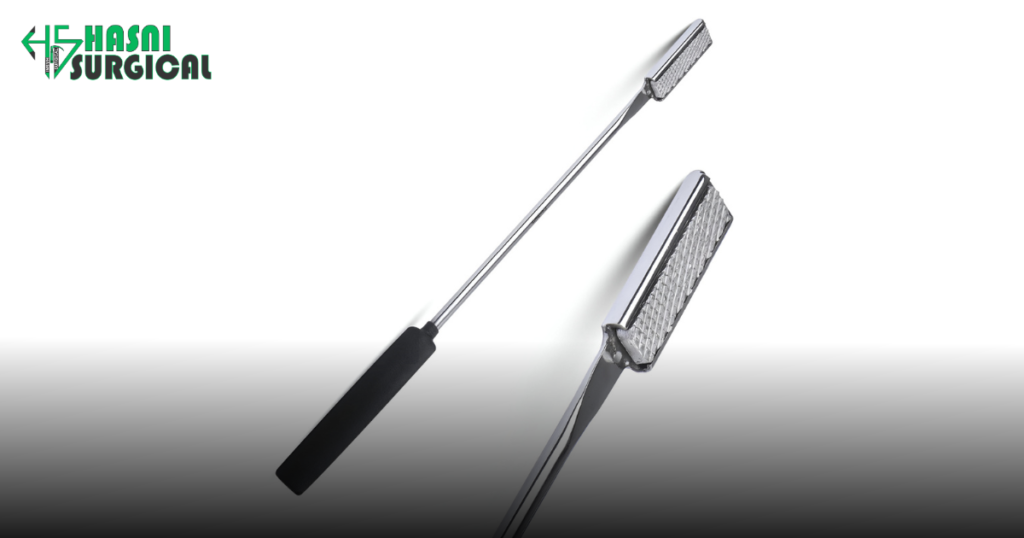
Components of Adhesive Bonding Agents
Adhesive bonding agents typically consist of multiple components designed to facilitate adhesion between the tooth surface and restorative materials. These components may include:
Primer: The primer conditions the tooth surface to enhance micromechanical or chemical bonding with the adhesive resin. Primers often contain monomers like 10-methacryloyloxydecyl dihydrogen phosphate (MDP) that interact with tooth structure.
Adhesive Resin: The adhesive resin forms the bond between the tooth and the restorative material. It penetrates the treated tooth surface and forms a stable bond using micromechanical, chemical, or both bonding mechanisms.
Activators or initiators: These components start polymerization in light-cured adhesives. Activators or initiators may include camphorquinone or other photoinitiators.
Fillers or Reinforcements: Some adhesive bonding agents include fillers or reinforcements to improve their strength, durability, and wear resistance. These fillers may include glass or silica particles that improve the physical characteristics of the adhesive.

Mechanisms of Adhesion
Adhesive bonding agents achieve adhesion to the tooth structure through various mechanisms:
Micromechanical Bonding: In micromechanical bonding, the adhesive resin fills microscopic irregularities to create a strong bond. This intimate contact between the adhesive and the tooth structure enhances retention and resistance to tensile forces.
Chemical Bonding: Phosphate ester monomers in the adhesive resin chemically bond to hydroxyapatite crystals in enamel or dentin, creating stable chemical bonds.
This hybrid layer has resin tags or filled channels that penetrate the etched enamel or dentin, boosting bond strength.
Adhesive bonding agents find wide-ranging applications in restorative dentistry, including
Composite Resin Restorations: Adhesive bonding agents bond tooth-colored composites to enamel and dentin, restoring decayed, fractured, or compromised teeth. This minimal intervention dentistry-invasive approach allows for conservative tooth preparation and the preservation of healthy tooth structure.
Porcelain Veneers and Crowns: Adhesive bonding agents attach porcelain veneers and crowns securely, ensuring durable, aesthetic restorations.
Orthodontic Bonding: In orthodontics, adhesive bonding agents attach brackets and appliances to teeth, enabling precise movement and alignment.
Pit and Fissure Sealants: Adhesive bonding agents help pit and fissure sealants prevent dental caries in children and adolescents.
Bonding of Dental Posts and Inlays/Onlays: Adhesive bonding agents secure dental posts and bond inlays/onlays, preserving tooth function.
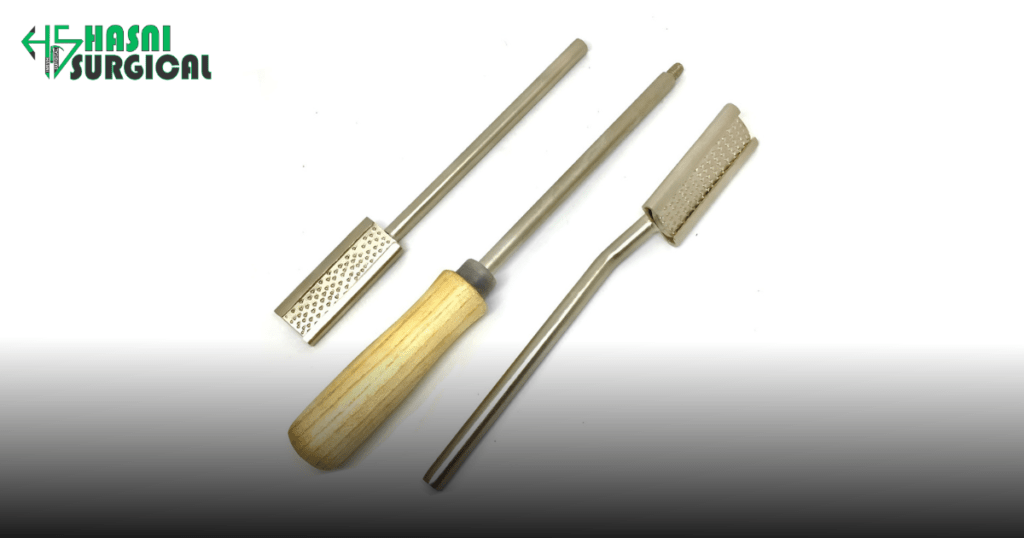
Adhesive bonding agents ensure strong bonds and preserve tooth structure. Their versatility has enhanced minimal intervention dentistry dental treatments, benefiting patients with improved oral health and aesthetics.
Conclusion
In modern dentistry, minimal intervention dentistry techniques are transforming oral health care by focusing on preserving natural tooth structure. This patient-centered approach focuses on effective treatment with minimal intervention dentistry discomfort and fewer procedures.
minimal intervention dentistry near me uses advanced tools like air abrasion systems and laser technology to achieve precise results. These innovations allow dentists to treat issues efficiently and gently, maintaining the integrity of patients’ teeth.
Beyond treatments, this philosophy promotes education and prevention, helping patients maintain healthy oral habits and avoid invasive procedures. Dentistry now focuses on preserving natural teeth and improving oral health, making care more sustainable and patient-friendly.

